The reality of green energy: “green metal” supply chains won’t be able to keep up
NC State SCRC
APRIL 22, 2022
The authors then used industry sources to project demand and revenue for thee fossil fuels (oil, gas, coal) vs. seven “green” metals (aluminum, cobalt, copper, lithium, nickel, silver and zinc) that are critical to building an energy economy. Value analysis is another possibility. cobalt, down from 30%. a few years ago.

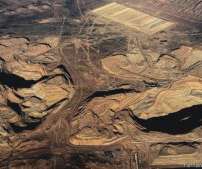
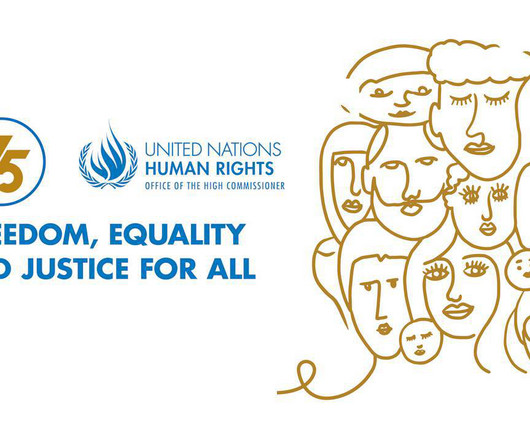
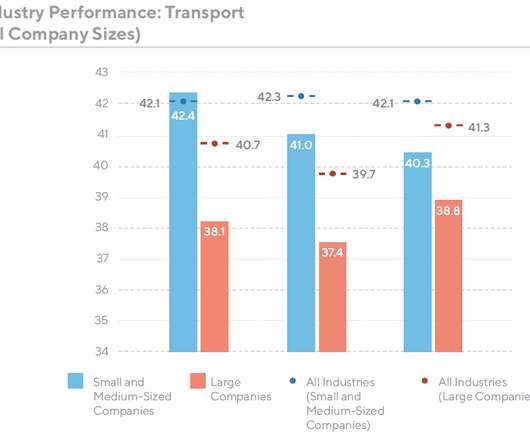

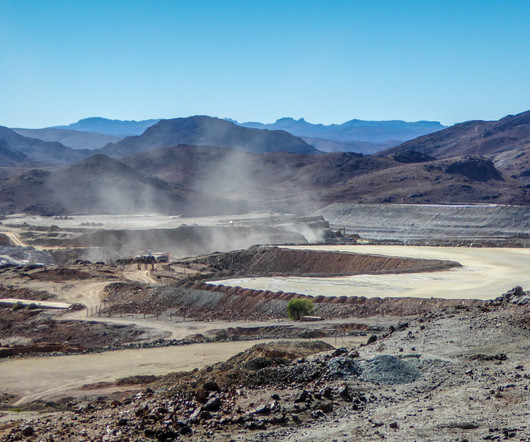



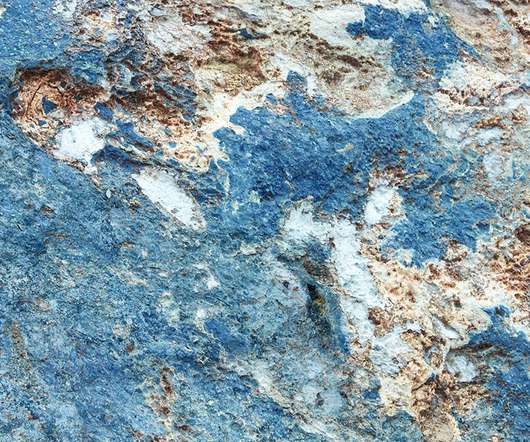













Let's personalize your content